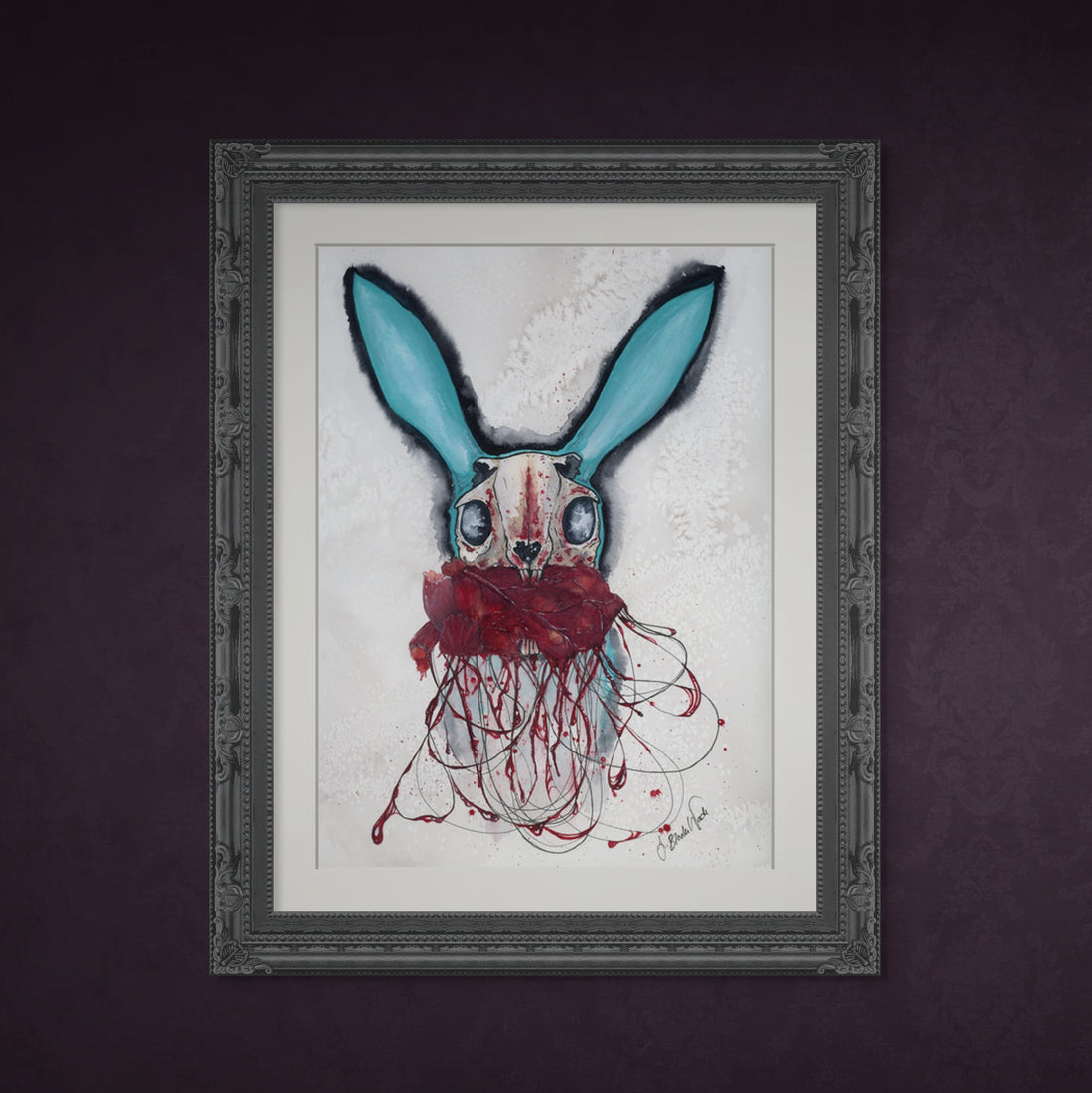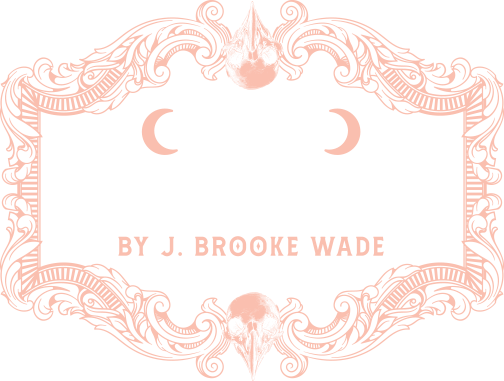
Exploring Mixed Media: The Magic of Mixing Gouache and Watercolor
Share
Exploring Mixed Media: The Unique Effects of Mixing Gouache and Watercolor
In the world of painting, each medium has its own language, a way of communicating that is unique to its properties. Watercolor whispers in soft, translucent tones, while gouache speaks in rich, bold colors. When these two mediums are combined, they create a dialogue on the canvas that is both harmonious and dynamic. In this post, we’ll delve deeper into the fascinating effects that arise when gouache and watercolor come together, offering you a richer understanding of what makes this pairing so powerful.
The Transparency and Luminosity of Watercolor
Watercolor’s defining characteristic is its transparency. The paint, when mixed with water, becomes a delicate veil of color that allows the white of the paper to shine through. This creates a glowing effect, as if the light is emanating from within the painting itself. Watercolor is ideal for creating atmospheric washes, soft transitions, and a sense of depth that is difficult to achieve with more opaque paints.
When you apply watercolor to a surface, it often behaves unpredictably. The pigment flows and spreads, creating organic shapes and gradients. This unpredictability can lead to beautiful, serendipitous effects—like the way colors blend together in No Strings Attached. The fluid nature of watercolor allows it to suggest movement and emotion, setting a tone that is subtle yet evocative.
The Boldness and Opacity of Gouache

Gouache, on the other hand, is known for its opacity. Unlike watercolor, which is designed to let light pass through, gouache reflects light off its surface, giving it a matte finish. This makes gouache ideal for creating solid blocks of color, sharp lines, and detailed work that stands out against the softer watercolor background.
When you lay down a layer of gouache over watercolor, it immediately grabs attention. The contrast between the transparent watercolor and the opaque gouache creates a visual tension that adds energy to the piece. In No Strings Attached, the gouache details draw the viewer's eye, providing a focal point that anchors the otherwise ethereal background.
The Effects of Layering Gouache Over Watercolor
One of the most compelling effects of mixing gouache and watercolor is the interaction between the two when layered. Starting with a watercolor base allows you to establish a soft, atmospheric foundation. This layer can suggest light, mood, or even the passage of time. Once this layer is dry, adding gouache on top allows you to introduce elements of precision and control.
For example, you can use gouache to define the edges of a form that was previously suggested by watercolor washes, adding clarity and focus. This technique is particularly effective in capturing the contrast between light and shadow. Imagine a landscape where the sky is rendered in watercolor, creating a luminous gradient from blue to pink at sunset. Over this, you might paint the silhouettes of trees or buildings in gouache, their solid, dark forms standing out starkly against the glowing sky.
In No Strings Attached, the combination of these techniques results in a piece that feels both anchored and dreamlike. The watercolor background suggests a world that is soft and fluid, while the gouache figure at the center is grounded and tangible. This interplay between suggestion and definition is one of the most powerful effects you can achieve when mixing these two mediums.
Creating Depth and Texture
Another effect of combining gouache and watercolor is the ability to create depth and texture within a painting. Watercolor's fluidity naturally leads to smooth gradients and blended areas, which can make a piece feel expansive and open. However, too much smoothness can sometimes make a painting feel flat or lacking in detail.
Gouache, with its thicker consistency, can be used to introduce texture and dimension. By applying gouache in varying thicknesses, you can create raised areas on the paper that catch the light differently from the watercolor beneath. This can add a tactile quality to your work, making it feel more three-dimensional. Additionally, because gouache is more opaque, it can be used to paint over areas of watercolor that you want to adjust or refine, providing more control over the final look of the painting.
Blending Gouache and Watercolor
While gouache is often used to add bold, opaque details, it can also be blended with watercolor to create intermediate effects. By diluting gouache with water, you can achieve a semi-transparent consistency that behaves more like watercolor. This can be particularly useful when you want to soften the edges of a gouache application or create a more subtle transition between gouache and watercolor layers.
For example, in No Strings Attached, some of the transitions between the gouache figure and the watercolor background are softened by blending the two mediums together. This technique helps to integrate the figure into the scene, making it feel like a natural part of the environment rather than something added on top.
Achieving Contrast and Harmony
One of the key visual effects of mixing gouache and watercolor is the contrast between transparency and opacity. This contrast creates a sense of visual tension that can make a painting more dynamic and engaging. However, it’s important to balance this tension with a sense of harmony so that the different elements of the painting feel like they belong together.
In No Strings Attached, this balance is achieved through careful attention to color and composition. The colors used in the gouache details are chosen to complement the underlying watercolor washes, creating a cohesive palette that ties the piece together. Additionally, the placement of the gouache elements is designed to lead the viewer’s eye through the painting, creating a sense of movement and flow.
Why This Combination Works So Well
The combination of gouache and watercolor is powerful because it allows you to play with contrasts—light and dark, soft and hard, transparent and opaque—while also giving you the flexibility to blend and integrate these effects. This makes it easier to create complex, layered compositions that feel rich and multifaceted.
In No Strings Attached, these effects come together to create a piece that is both visually striking and emotionally resonant. The watercolor provides a soft, inviting background, while the gouache adds the sharp details that bring the scene to life. The result is a work that feels both spontaneous and carefully considered, capturing a moment that is at once fleeting and deeply meaningful.
Final Thoughts
Mixing gouache and watercolor opens up a world of creative possibilities. The effects you can achieve by combining these two mediums are as varied as they are exciting. Whether you're looking to create soft, atmospheric landscapes or bold, graphic compositions, this pairing offers the tools you need to bring your artistic vision to life.
In the next part of this series, we’ll explore another exciting combination—colored pencil and watercolor. Each medium brings its own unique characteristics to the mix, and I can’t wait to share more of these discoveries with you.
Until then, I encourage you to experiment with gouache and watercolor in your own work. Don’t be afraid to push the boundaries and see what unexpected effects you can create. Art is all about exploration, and sometimes the most beautiful results come from the most surprising combinations.
